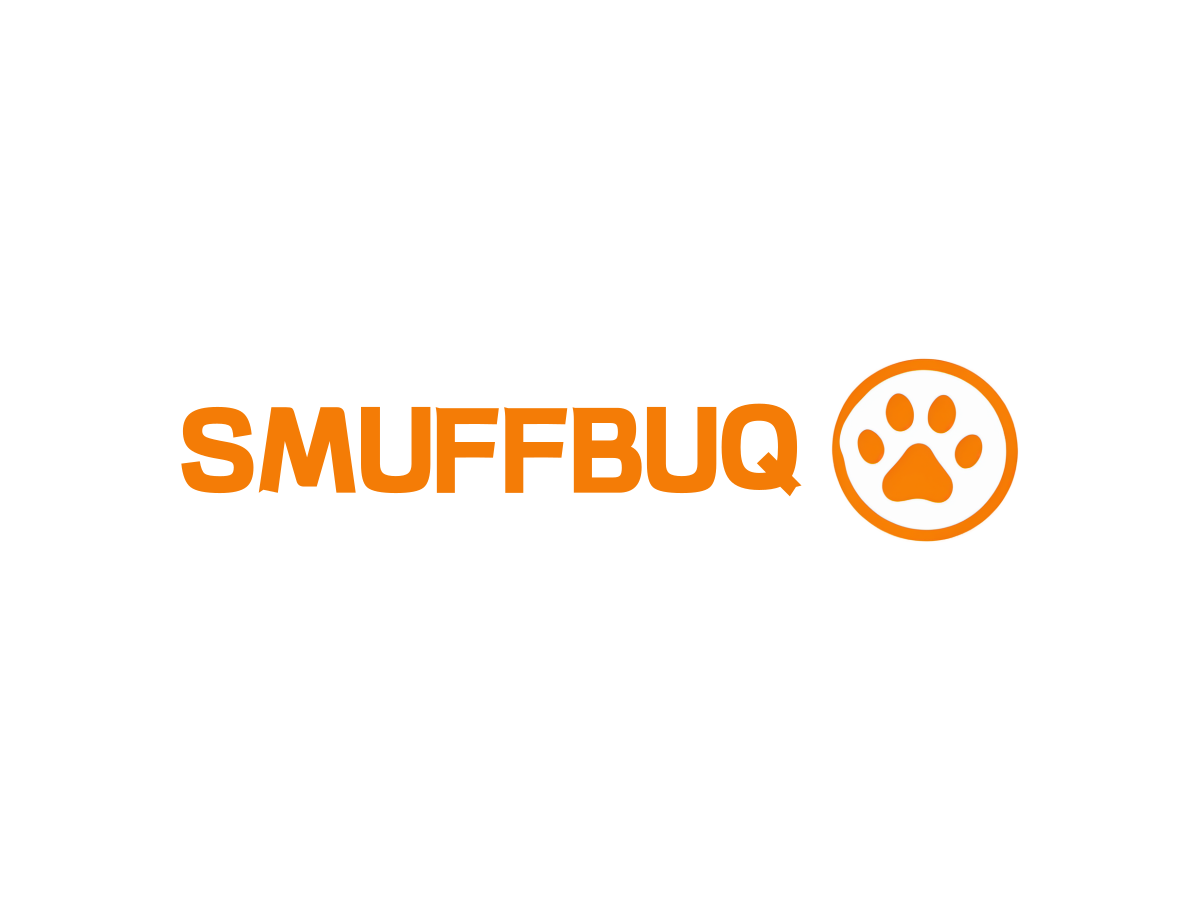Can I use a plain rope as a dog leash?
Last month, my dog’s leash snapped mid-walk, leaving me stranded a mile from home. With nothing but a length of nylon rope in my backpack, I faced a dilemma: risk using the rope or carry my 70-pound Lab home.
**Yes, you can use a plain rope as ayou can use a plain rope as a you can use a plain rope as a temporary dog leash in emergencies, but it’s not ideal for regular use. A proper rope leash1 should be 3/8 to 1/2 inch thick climbing or boating rope with finished ends, an appropriate clasp attached properly, and a comfortable handle to prevent hand injuries
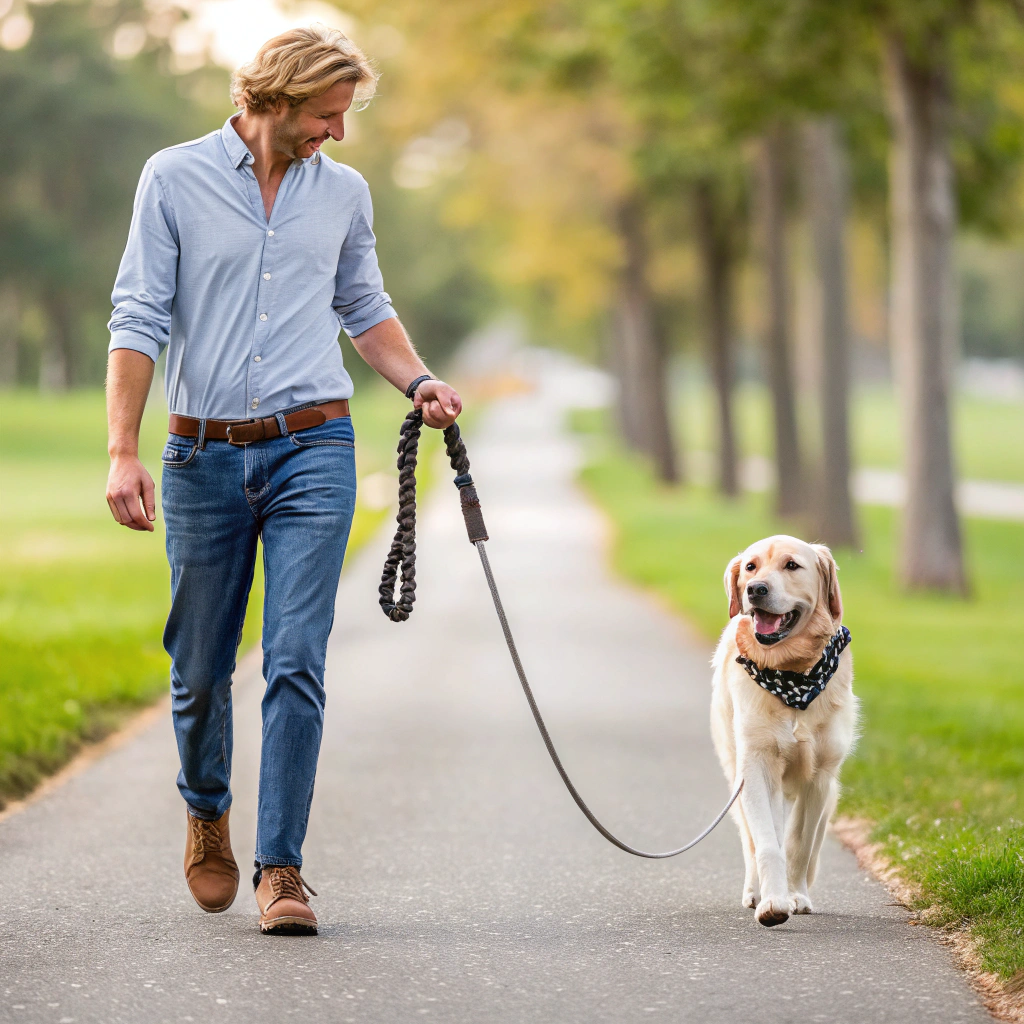
Having tried both commercial dog leashes and improvised rope solutions over my years as a dog owner, I’ve learned what works, what doesn’t, and when it’s appropriate to use alternatives. There’s a significant difference between grabbing any rope in an emergency versus creating a safe, comfortable rope leash for regular use. Let me share what I’ve discovered about using rope as a dog leash through my experiences.
Can you use a rope as a leash?
When my standard leash broke during a camping trip, I grabbed a piece of climbing rope from my gear. I wasn’t sure if it would work, but with no pet stores for miles, I had to try something.
Yes, you can use rope as a dog leash, particularly climbing or marine rope that’s 3/8 to 1/2 inch thick with properly secured hardware and a comfortable handle. While commercial rope leashes are preferred for their finished edges and tested components, a properly made DIY rope leash can be safe and effective.
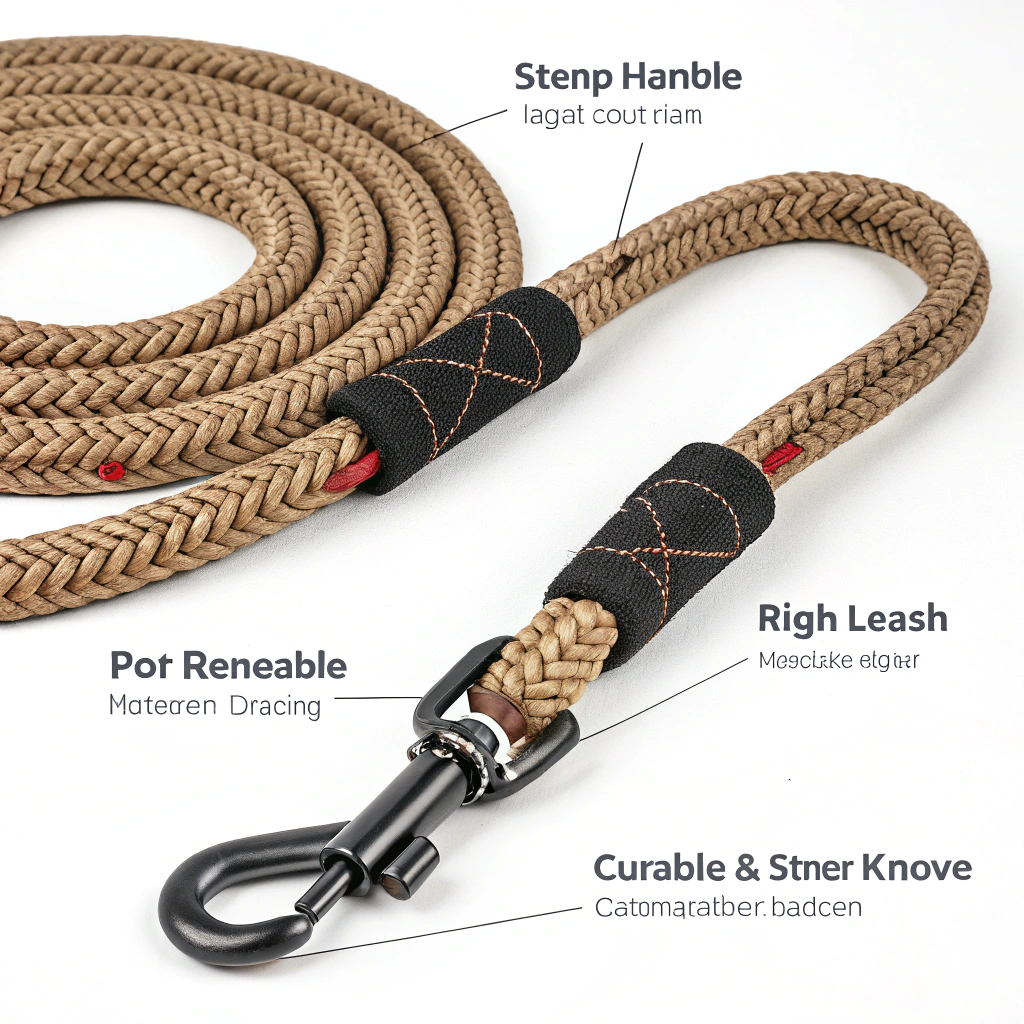
Using rope as a dog leash is something I’ve done both out of necessity and by choice. Through trial and error, I’ve learned that while it’s certainly possible, there areThrough trial and error1, I’ve learned that while it’s certainly possible, there are important considerations to ensure it’s safe for both you and your dog
Selecting the Right Rope
Not all ropes are created equal when it comes to dog leashes. After my emergency camping situation, I decided to research and create a proper rope leash. I found that materials matter tremendously. Cotton clothesline might seem soft and comfortable, but it stretches when wet, can rot over time, and lacks the strength needed for a larger dog. My first attempt with cotton rope failed when my Lab lunged at a squirrel, stretching the rope enough that he slipped his collar.
I’ve had the best results with kernmantle climbing rope or marine-grade double-braided nylon. These ropes provide the right balance of strength, minimal stretch, and hand comfort. The climbing rope I now use has a tensile strength of over 4,000 pounds—far beyond what my 70-pound dog could generate—and has held up to two years of regular use.
Proper Preparation of Rope Leashes
| Step | Process | Why It Matters |
|---|---|---|
| Cutting | Clean cut with hot knife or taped ends | Prevents fraying and unraveling |
| Hardware Selection | Marine-grade carabiner or dog-specific clip | Ensures secure attachment that won’t fail |
| Handle Creation | Proper knot (figure 8 on a bight) or spliced loop | Creates comfortable grip that won’t tighten on hand |
| Hardware Attachment | Double fisherman’s knot or proper splice | Prevents rope from slipping free from hardware |
| End Finishing | Heat sealing or whipping with thread | Maintains rope integrity over time |
Creating a proper handle was my biggest challenge. My first attempt used a simple overhand loop knot that tightened painfully around my wrist when my dog pulled. I then learned to create a fixed-size loop using a figure-eight on a bight knot, which maintains its shape even under tension. This simple change made an enormous difference in comfort and control.
For attaching hardware, I initially used a basic knot that seemed secure but gradually worked loose over weeks of use. After consulting with a climber friend, I switched to a double fisherman’s knot backed with a secondary stopper knot. Two years later, this connection remains rock solid despite daily tugging and occasional lunging.
The thickness of the rope makes a significant difference in both strength and comfort. I found that 3/8 inch diameter provides adequate strength for medium dogs while remaining comfortable in hand, while 1/2 inch is better for large or powerful breeds. Anything thinner cuts into hands during pulling, while thicker ropes become unwieldy and difficult to handle.
While a properly constructed rope leash can be as safe and effective as commercial options, it requires knowledge of proper knots and materials. After my experiments, I now keep a properly made rope leash as my backup and sometimes prefer it over commercial options for certain activities like hiking where the slight elasticity of climbing rope provides shock absorption that my standard leash lacks.
What to use instead of a dog leash?
When I forgot my dog’s leash during our vacation, I panicked until the hotel concierge suggested using a belt. It worked surprisingly well, making me wonder what other alternatives might work in a pinch.
In emergencies, you can substitute a dog leash with a sturdy belt, adjustable luggage strap, climbing webbing, strong scarf, or rope with proper attachments. For regular use, purpose-built alternatives include hands-free leashes, training leads, traffic leads, biothane leashes, or multi-functional convertible leashes that better suit specific needs.
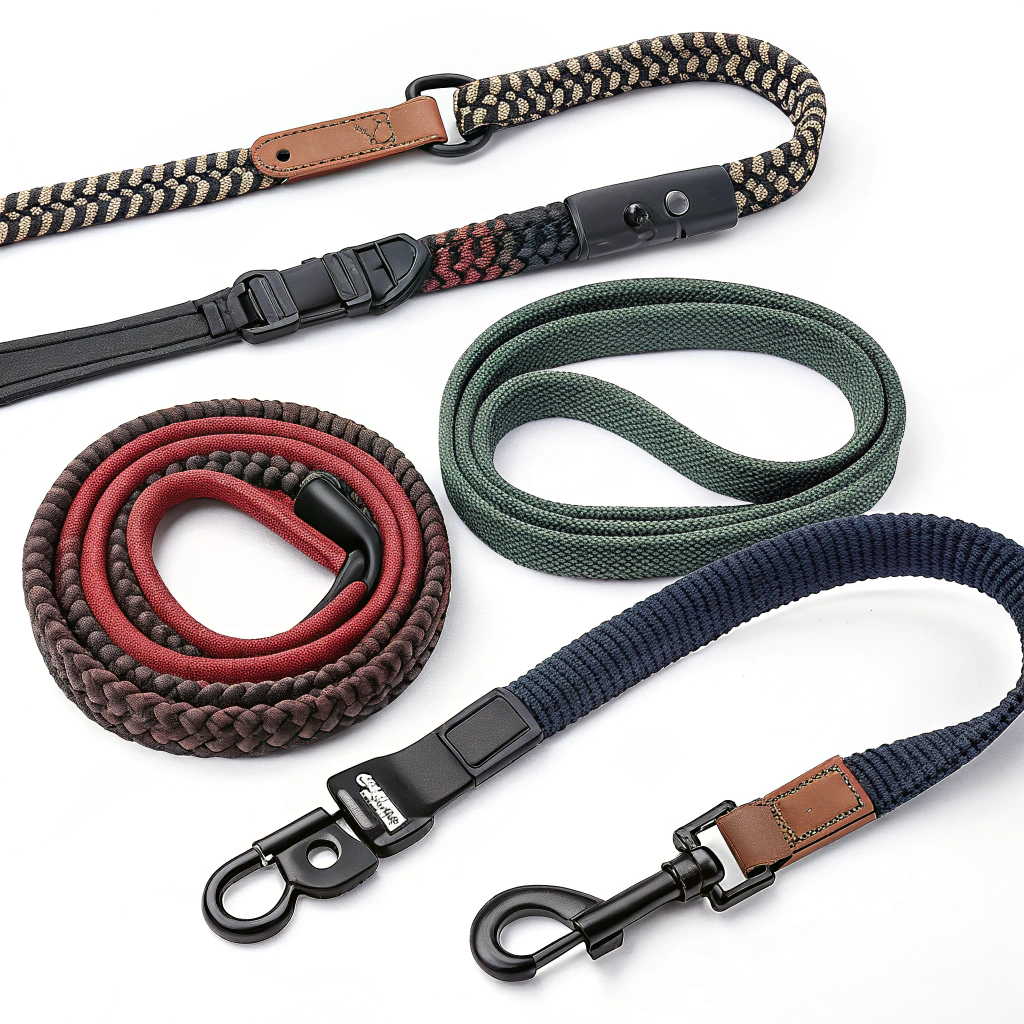
Throughout my dog ownership journey, I’ve found myself in situations where I needed to improvise or where standard leashes simply weren’t the best tool for the job. Both emergency substitutes and purpose-designed alternatives have their place in a dog owner’s toolkit.
Emergency Leash Substitutes
In true emergencies, I’ve successfully used several household items as temporary leashes. A leather belt worked surprisingly well when my regular leash broke during a hotel stay. I simply threaded the belt through its buckle to create a fixed loop at one end for my hand, then made another adjustable loop with the remainder to secure around my dog’s collar. The leather provided enough grip to maintain control for our brief walk back to the room.
Paracord has been another lifesaver. I keep a 10-foot section in my hiking pack, and it saved the day when my friend’s retractable leash jammed during a trail hike. We created a functional temporary leash by doubling the cord for strength and using secure knots. However, the thin diameter made it uncomfortable to hold during pulling, reinforcing that this was truly just an emergency solution.
Purpose-Built Leash Alternatives
| Alternative | Best Used For | Advantages | Limitations |
|---|---|---|---|
| Hands-free running leash | Jogging, hiking | Leaves hands empty, shock-absorbing | Less precise control |
| Multi-configuration leash | Versatile environments | Adjustable length, multiple wear options | More complex to adjust |
| Traffic lead | Urban environments | Quick, close control in crowded areas | Too short for relaxed walking |
| Training tab | Training sessions | Minimal weight for young dogs, indoor control | Too short for regular walks |
| Biothane leash | Water activities, muddy conditions | Waterproof, easy to clean, no odor | Less traditional appearance |
For running with my energetic Lab, a standard leash was always problematic—either tangling between us or requiring constant hand position adjustments. Switching to a hands-free belt leash transformed our runs. The slight elasticity absorbed his occasional lunges, while the belt distribution eliminated the arm fatigue I used to experience. The freedom to use both hands made running safer and more enjoyable for both of us.
In urban environments, I discovered the value of a traffic lead—an ultra-short (12-18 inch) leash that provides close control in crowded areas. While too restrictive for regular walking, it’s perfect for navigating through crowds or passing close to traffic. I now keep one attached to my regular leash for quick access when needed.
For training sessions, particularly with my younger dog, I found that a lightweight tab leash (under 1 foot) provided just enough control without the distraction and weight of a standard leash. This minimal approach helped her focus on learning commands rather than being aware of the leash.
The most versatile alternative I’ve found is a multi-configuration leash that can transform from standard 6-foot to 3-foot, to over-the-shoulder or waist-worn configurations. While more expensive than basic leashes, this adaptability has replaced several single-purpose leashes in my collection, making it worth the investment.
These alternatives aren’t just about convenience—they often solve specific problems better than traditional leashes. Recognizing when a standard leash isn’t ideal and knowing your options can significantly improve both your and your dog’s walking experience.
What type of rope is safe for dogs?
After watching my friend’s dog chew through a cheap nylon rope toy in minutes, I wondered if the fibers he swallowed were harmful. This led me down a rabbit hole researching which ropes are actually safe for dogs to interact with.
The safest ropes for dogs are natural cotton or hemp for chew toys, and climbing-grade kernmantle or marine-grade double-braided nylon for leashes. Avoid ropes with toxic treatments, easily frayed materials, or those that splinter into ingestible strands. For leashes, rope should be 3/8 to 1/2 inch thick depending on dog size.
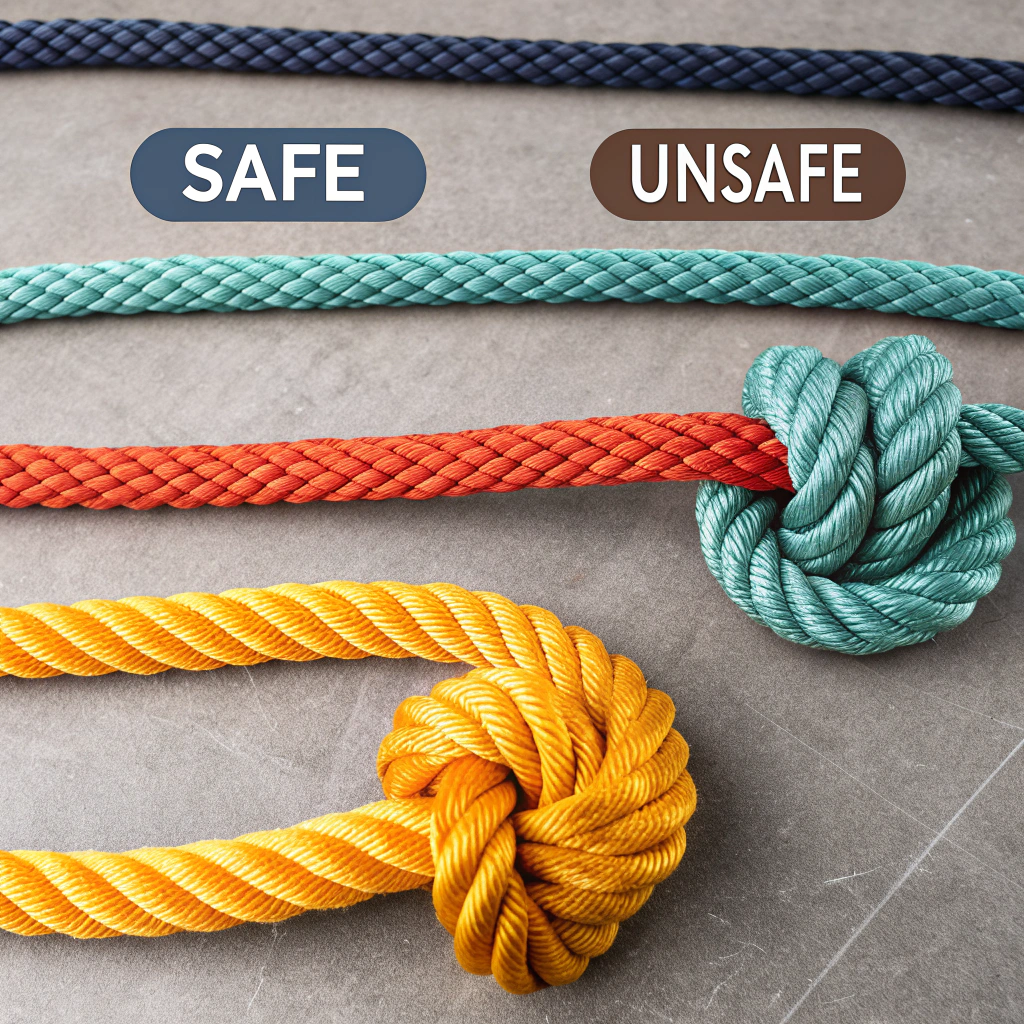
Through my years owning dogs with different chewing tendencies and strength levels, I’ve learned that rope safety encompasses two separate concerns: safety for leashes that must withstand pulling forces, and safety for toys that will inevitably be chewed. Each has different requirements and considerations.
Rope Safety for Leashes
For leash applications, strength and durability are paramount. After my standard nylon leash failed with my strong puller, I began researching alternatives and discovered that climbing rope offers an excellent combination of strength and handling properties. The kernmantle construction—with its protective outer sheath and load-bearing core—provides redundant safety features. If the outer layer gets damaged, the core still maintains integrity long enough to replace the leash.
Marine-grade double-braided nylon (sometimes called yacht rope) offers similar benefits with slightly different handling characteristics. It tends to be more flexible than climbing rope but equally strong. I found it particularly comfortable in hand and more resistant to picking up dirt and debris than flat nylon leashes.
Material Comparison for Dog Leashes
| Rope Material | Strength | Water Resistance | UV Resistance | Hand Feel | Longevity |
|---|---|---|---|---|---|
| Kernmantle Climbing Rope | Excellent | Very Good | Good | Firm but comfortable | 3-5 years |
| Marine Double-Braided | Excellent | Excellent | Excellent | Flexible, soft | 3-5 years |
| Nylon Utility Rope | Fair to Good | Fair | Poor | Often stiff | 1-2 years |
| Natural Fibers (hemp, cotton) | Poor to Fair | Poor | Poor | Soft but rough when wet | Less than 1 year |
| Paracord | Good for small dogs only | Good | Fair | Too thin for comfort | Varies widely |
The diameter of rope makes a significant difference in both safety and comfort. For small dogs under 20 pounds, 1/4 inch rope might be sufficient, but I wouldn’t trust it for anything larger. Medium dogs do well with 3/8 inch rope, while large or powerful dogs need 1/2 inch or more. When my friend used too thin a rope for her strong Shepherd, it created painful pressure on her hands during walks.
For hardware attachment points, I learned through experience that knots can reduce rope strength by up to 50%. This means a rope rated for 4,000 pounds might only hold 2,000 pounds when knotted—still plenty for dog walking, but an important consideration. Proper splicing techniques maintain more of the rope’s original strength, which is why commercial rope leashes often use splices rather than knots.
Rope Safety for Dog Toys
For rope toys, the safety concerns are entirely different. After seeing my dog’s rope toy deteriorate, I researched the potential dangers and was alarmed to discover "linear foreign body obstruction"—a potentially fatal condition where strands of rope can anchor in the intestines while the rest passes further through the digestive tract, causing the intestines to bunch up.
I now exclusively use cotton rope for chew toys, as it’s less likely to form dangerous strands and will break down more safely if ingested in small amounts. I also learned to monitor rope toys carefully and replace them at the first sign of fraying rather than waiting until they’re significantly damaged.
Rope thickness matters for toys as well. Toys made from multiple smaller ropes tend to fray more quickly than those using fewer, thicker strands. After my Lab destroyed several multi-strand toys, I switched to toys using fewer but thicker ropes, which lasted significantly longer before becoming hazardous.
Through my experiences with both leashes and toys, I’ve found that understanding the specific properties of different rope types is crucial for making safe choices for our dogs. The right rope can provide years of safe service, while the wrong choice might lead to injuries, escapes, or even internal damage if used as a toy.
Conclusion
While you can use plain rope as a dog leash in emergencies, a properly constructed rope leash with appropriate hardware and a comfortable handle is much better. For regular use, choose climbing or marine-grade rope of suitable thickness, and always prioritize proper construction for both safety and comfort.
